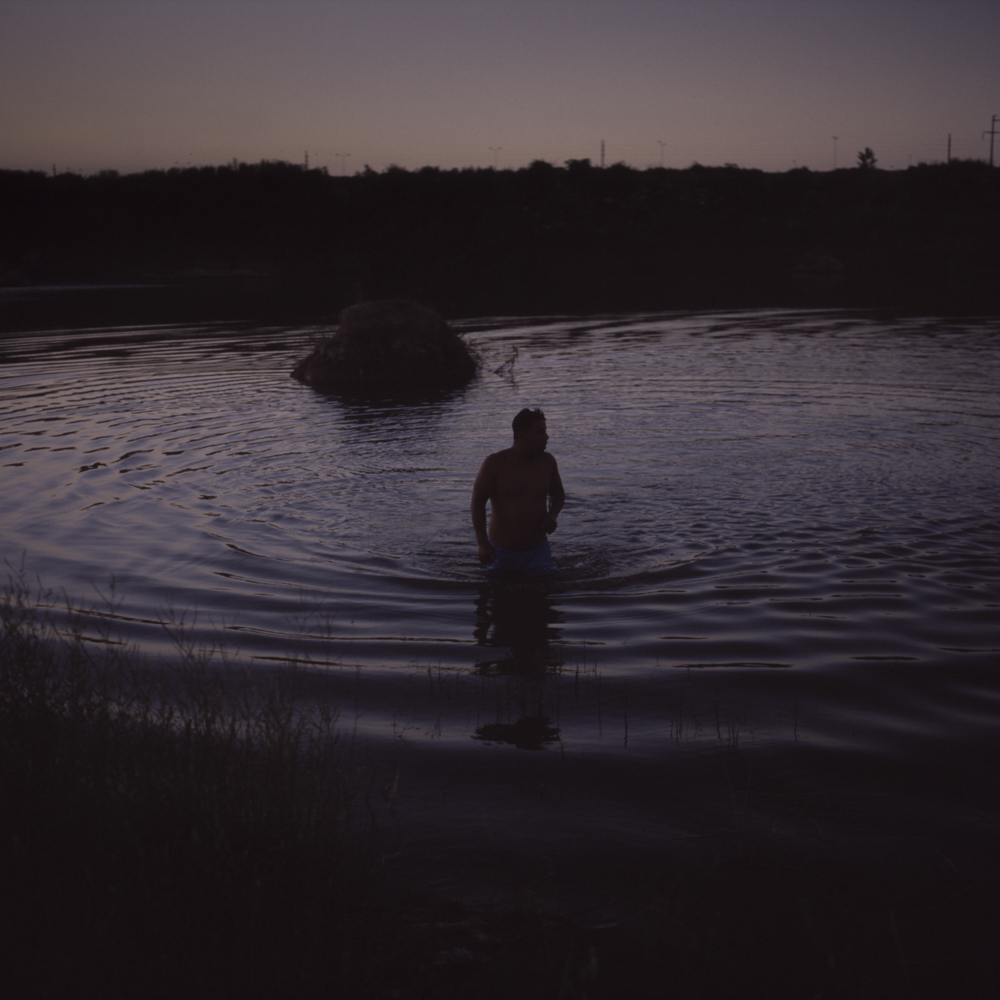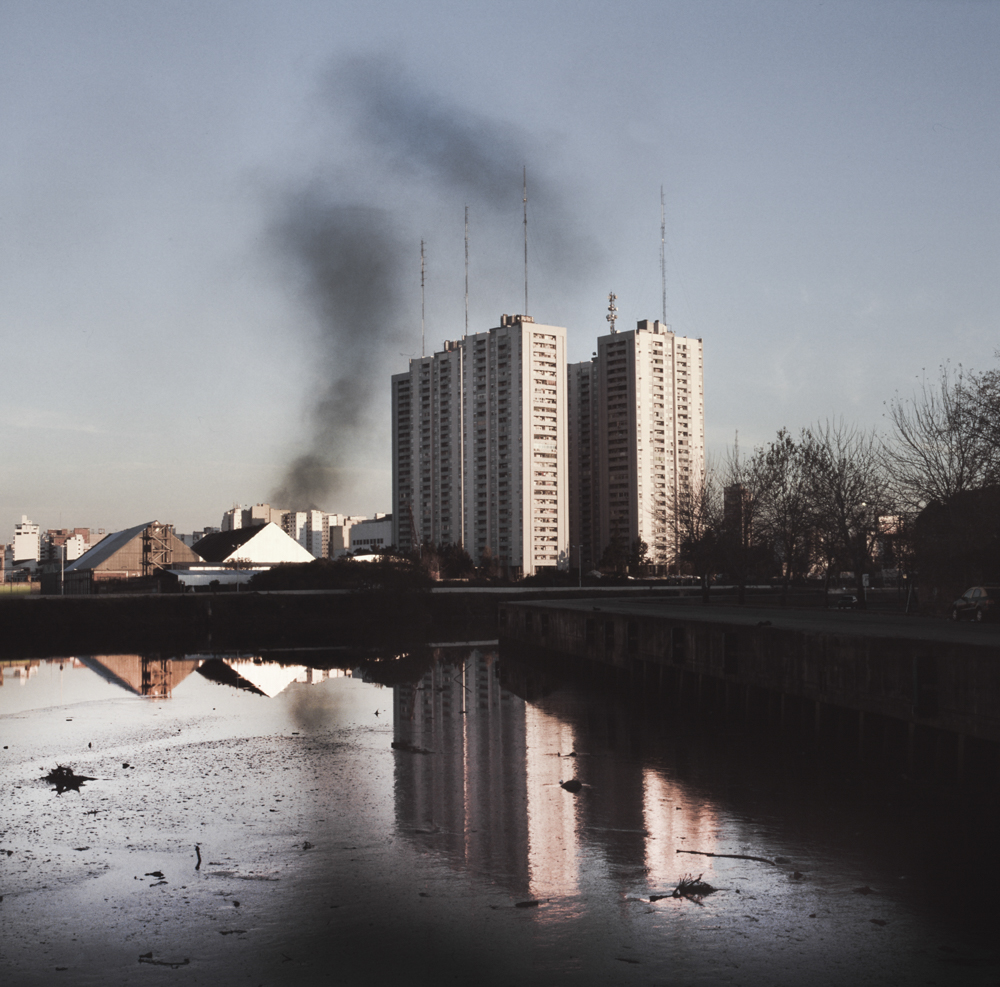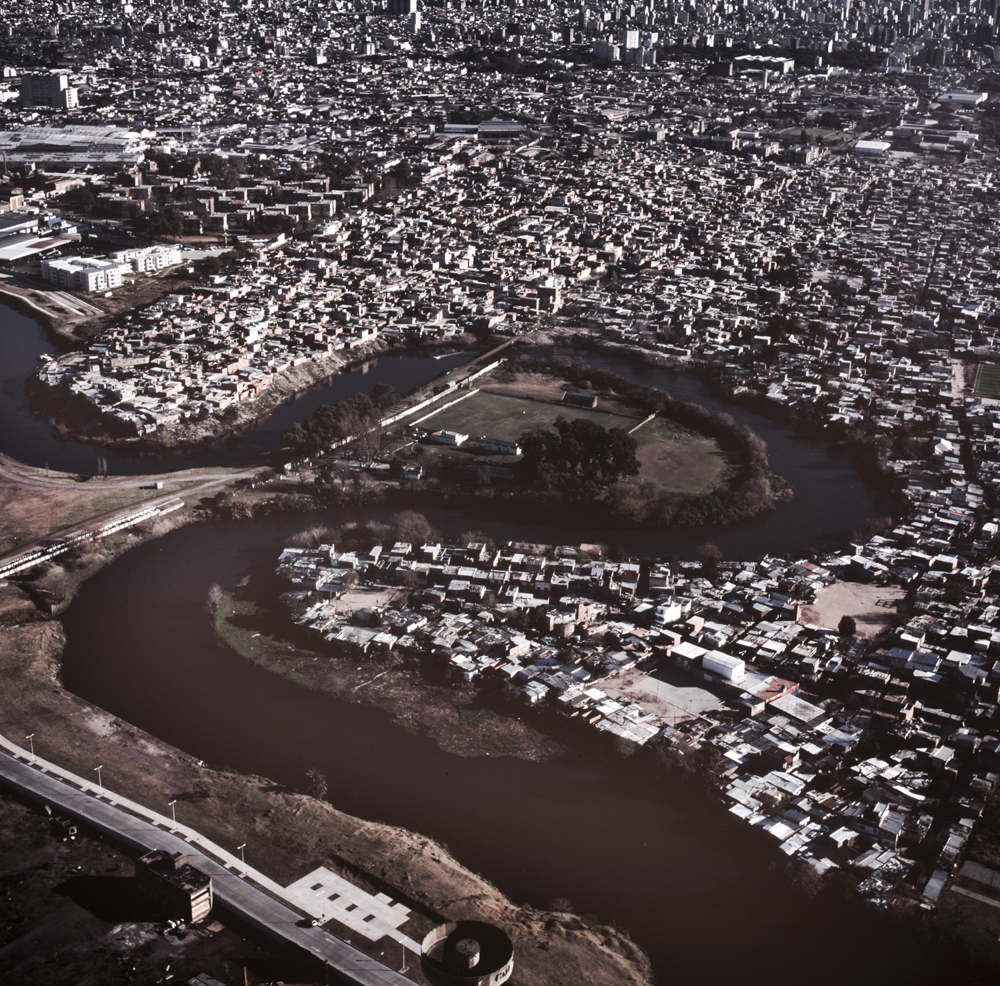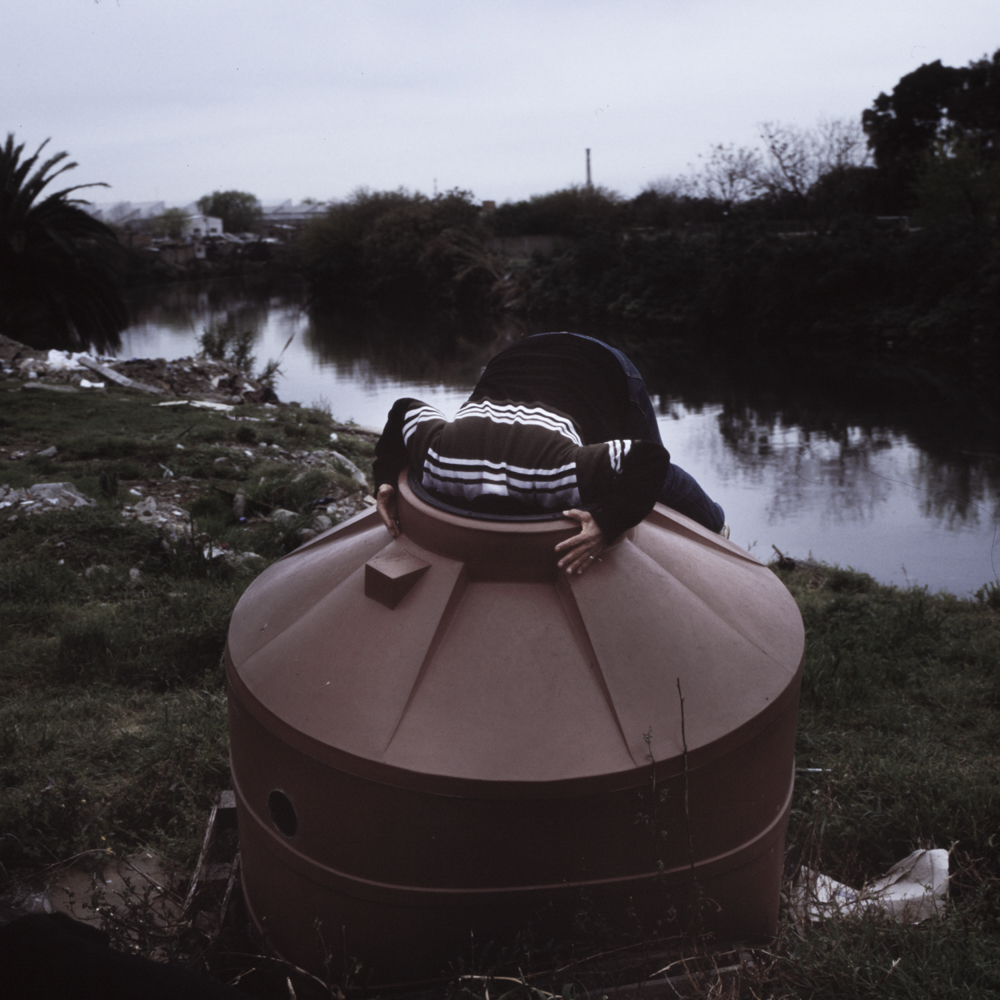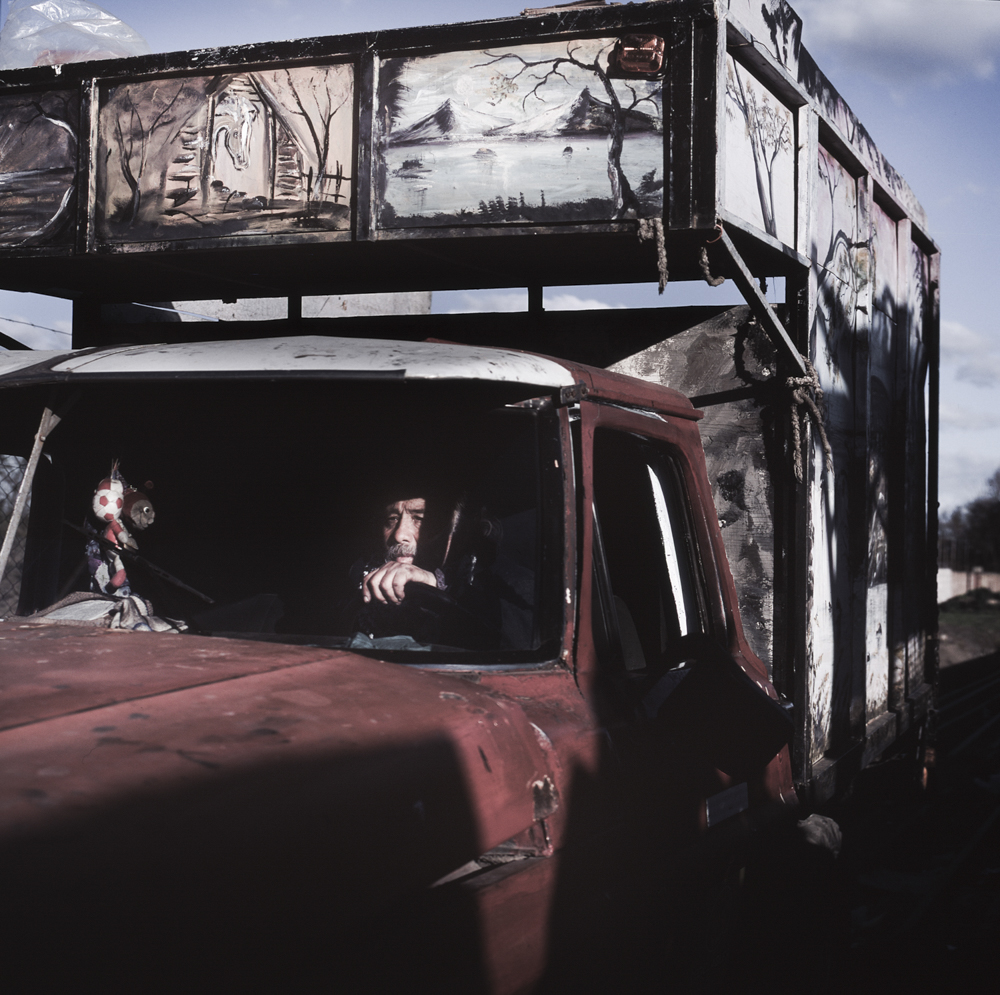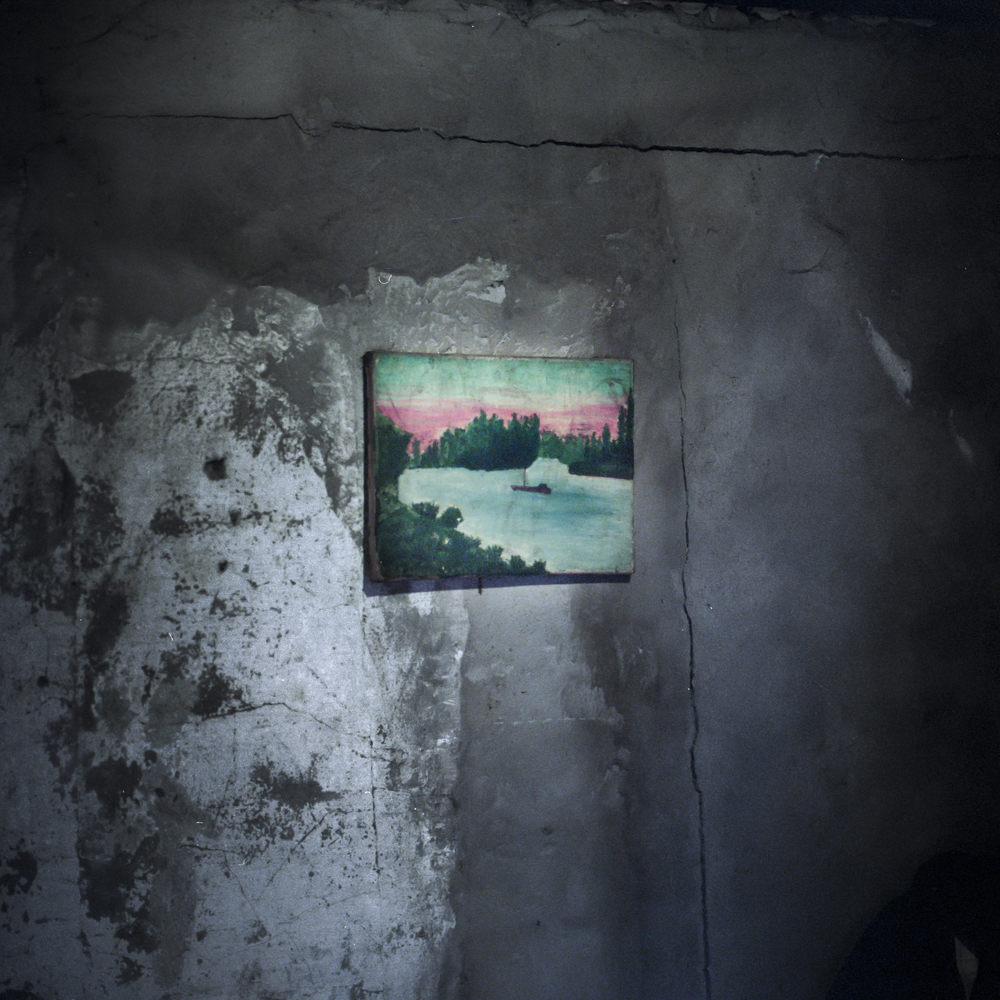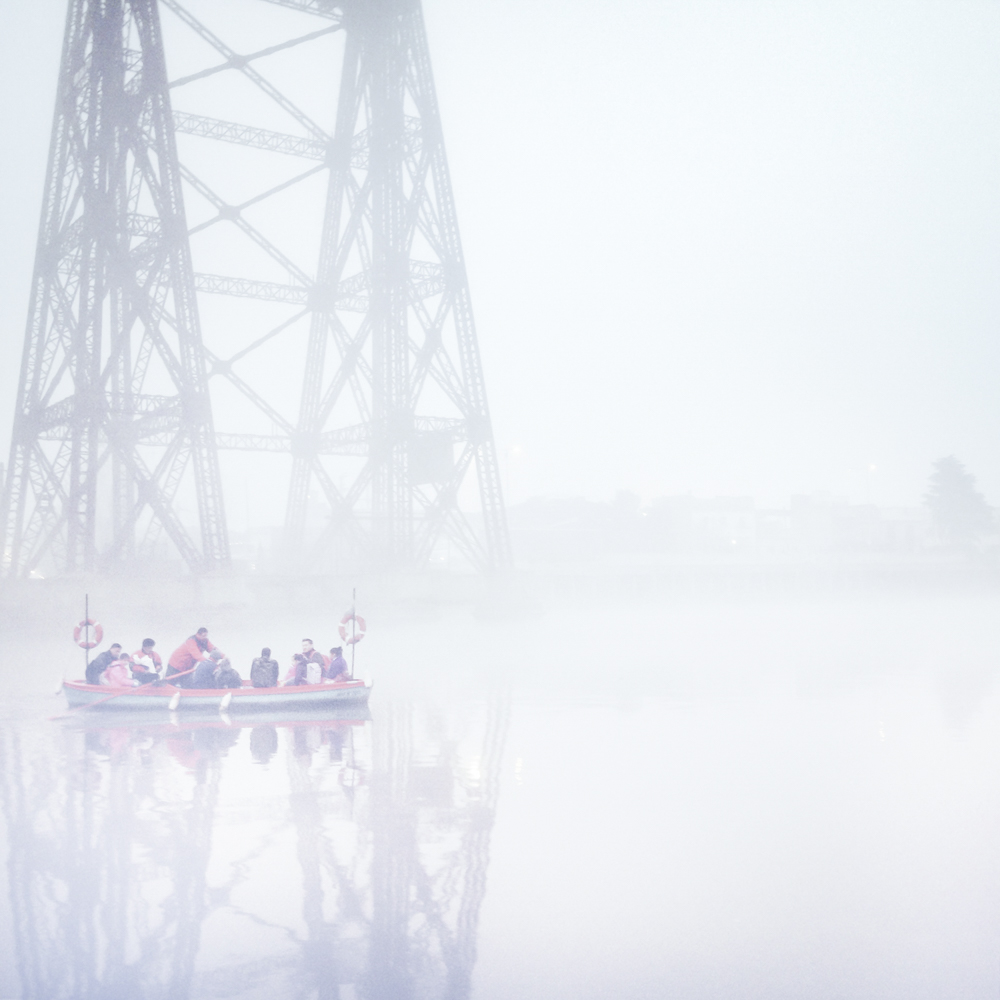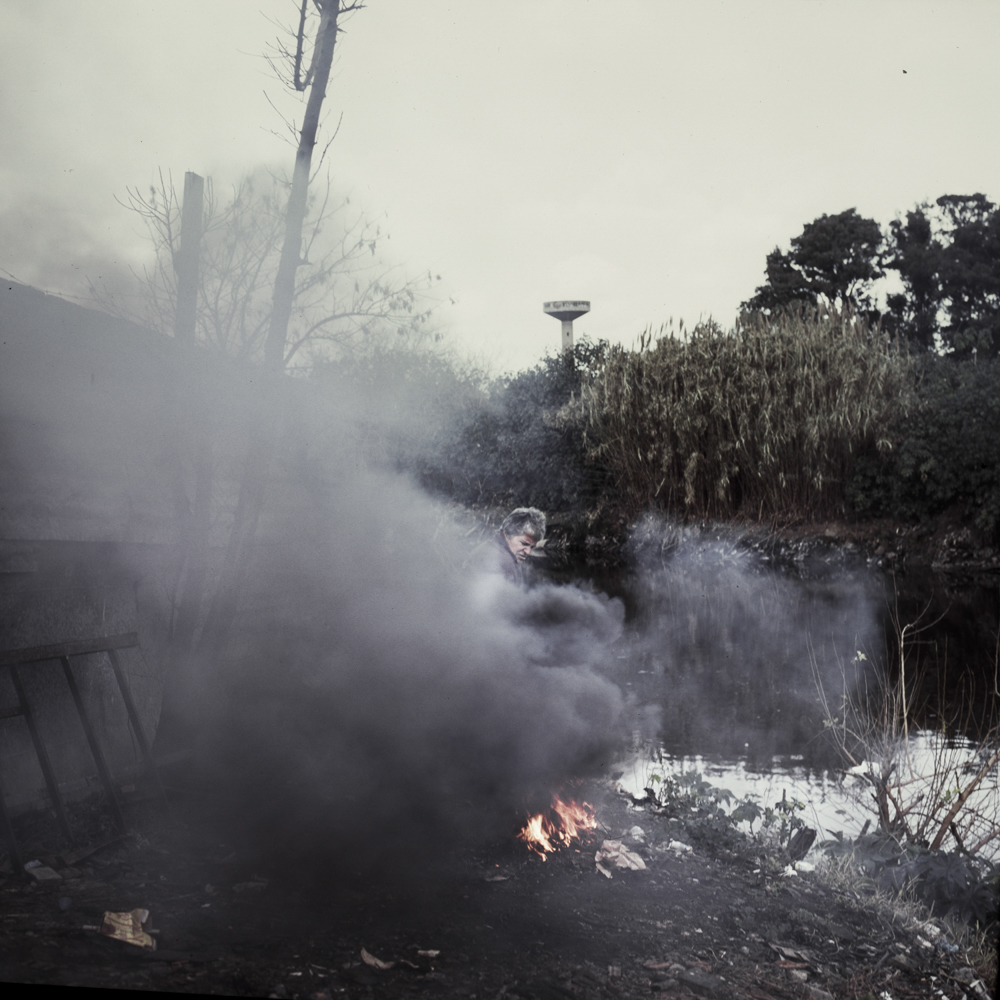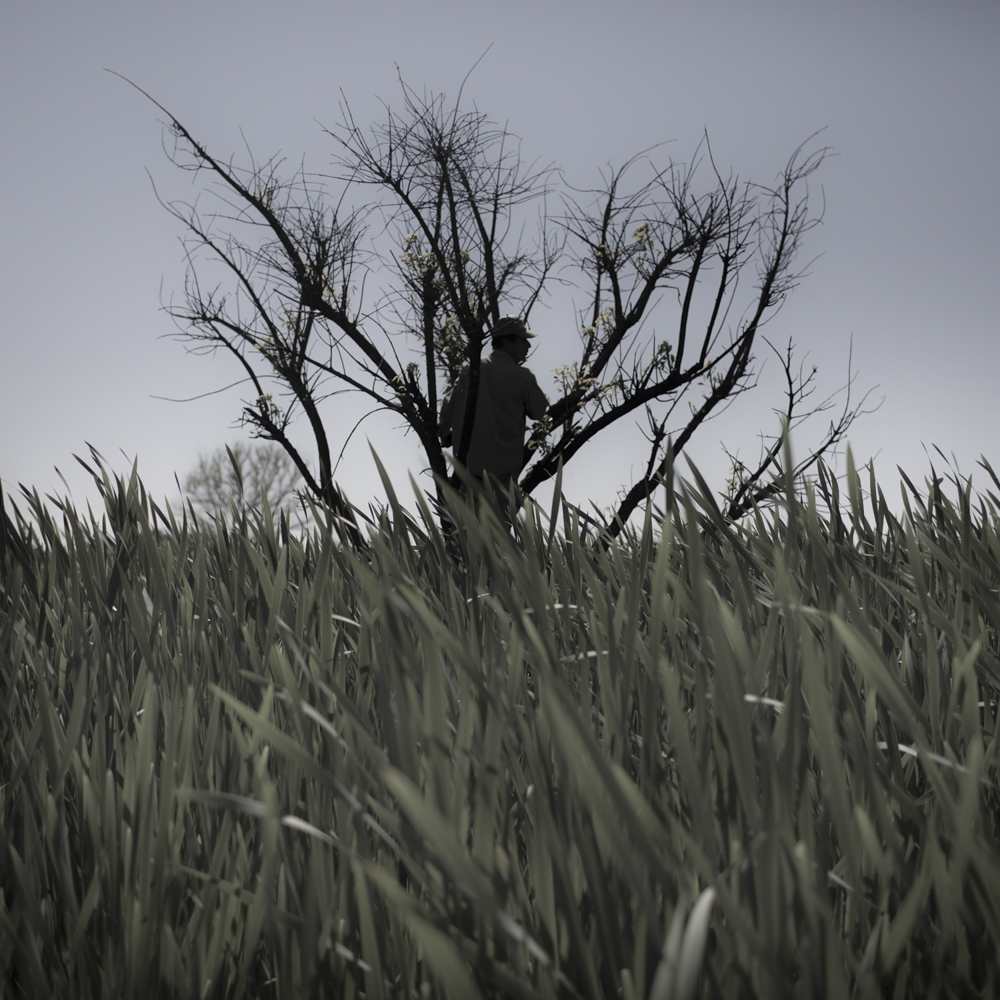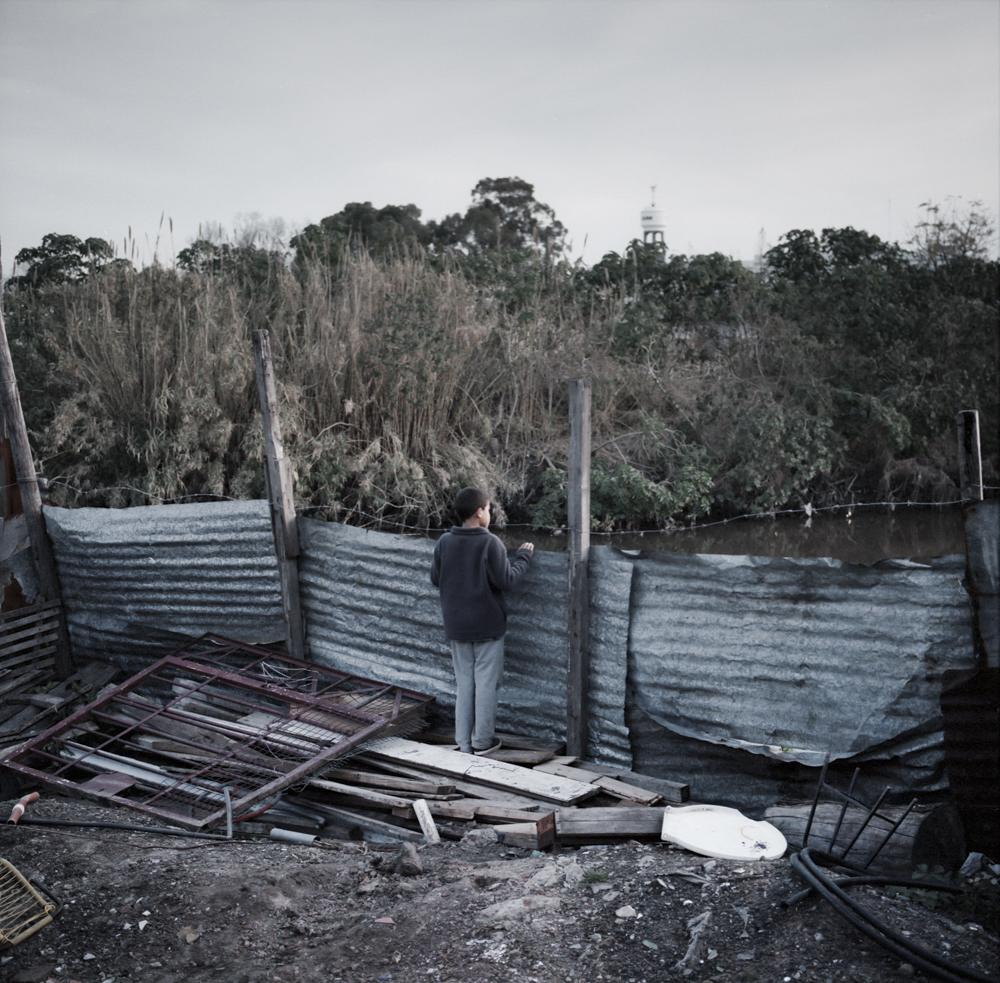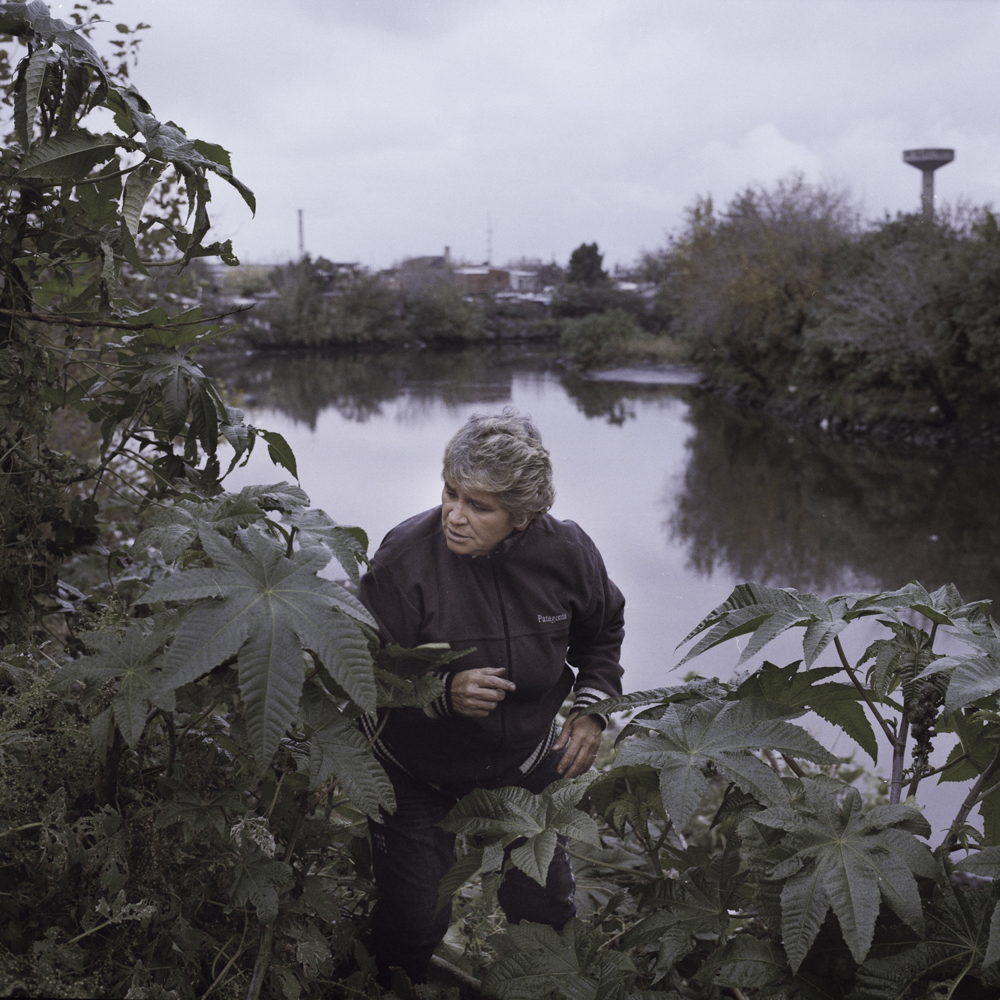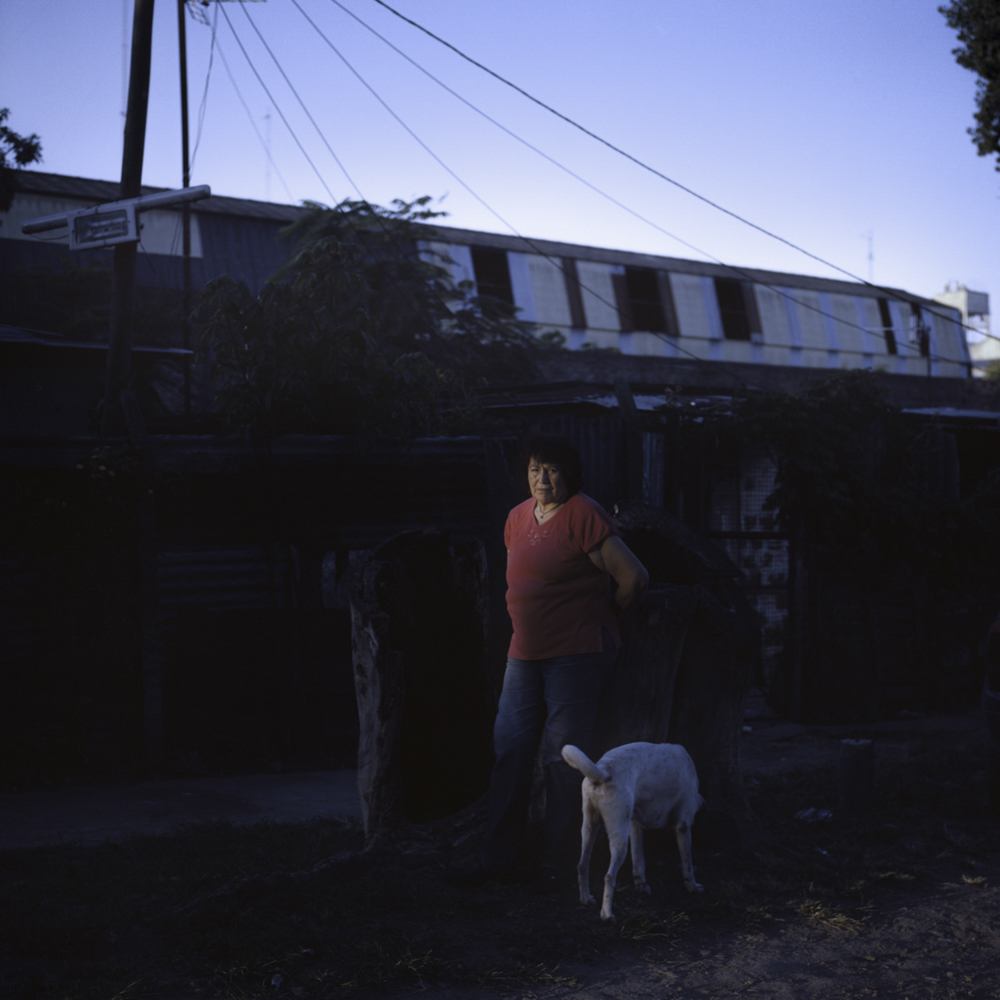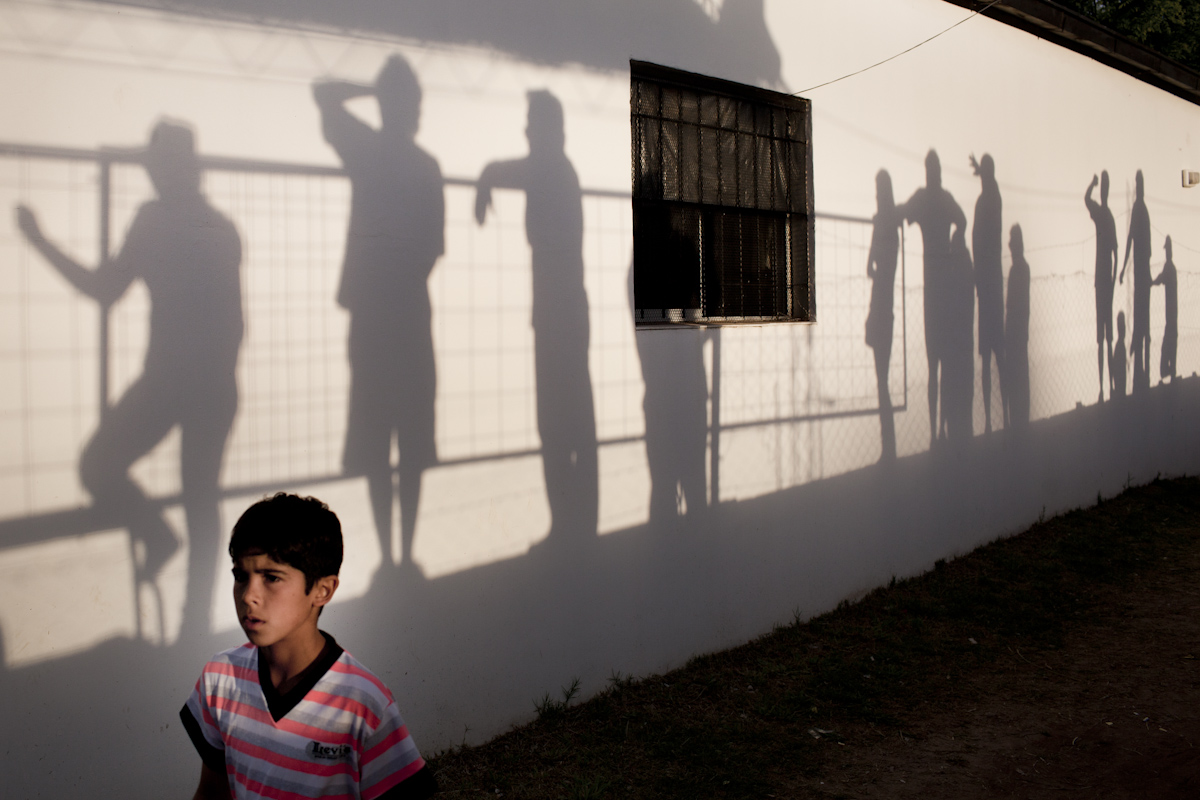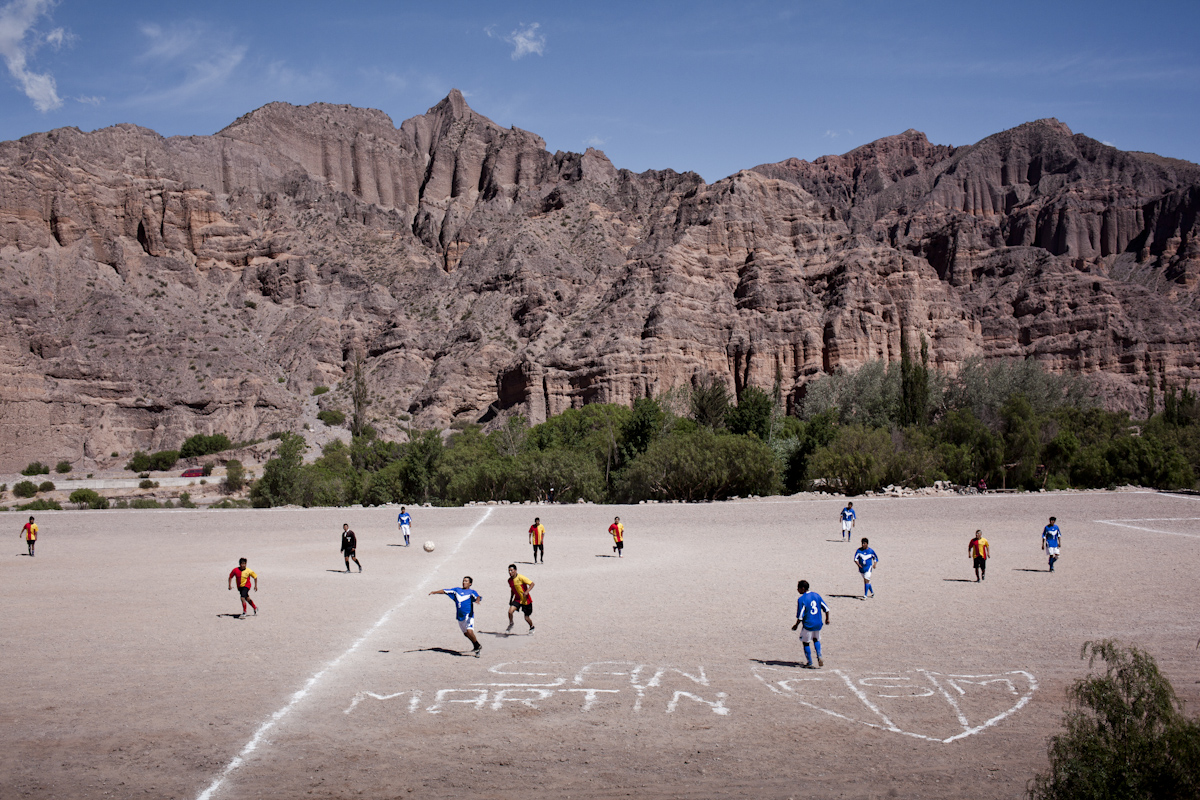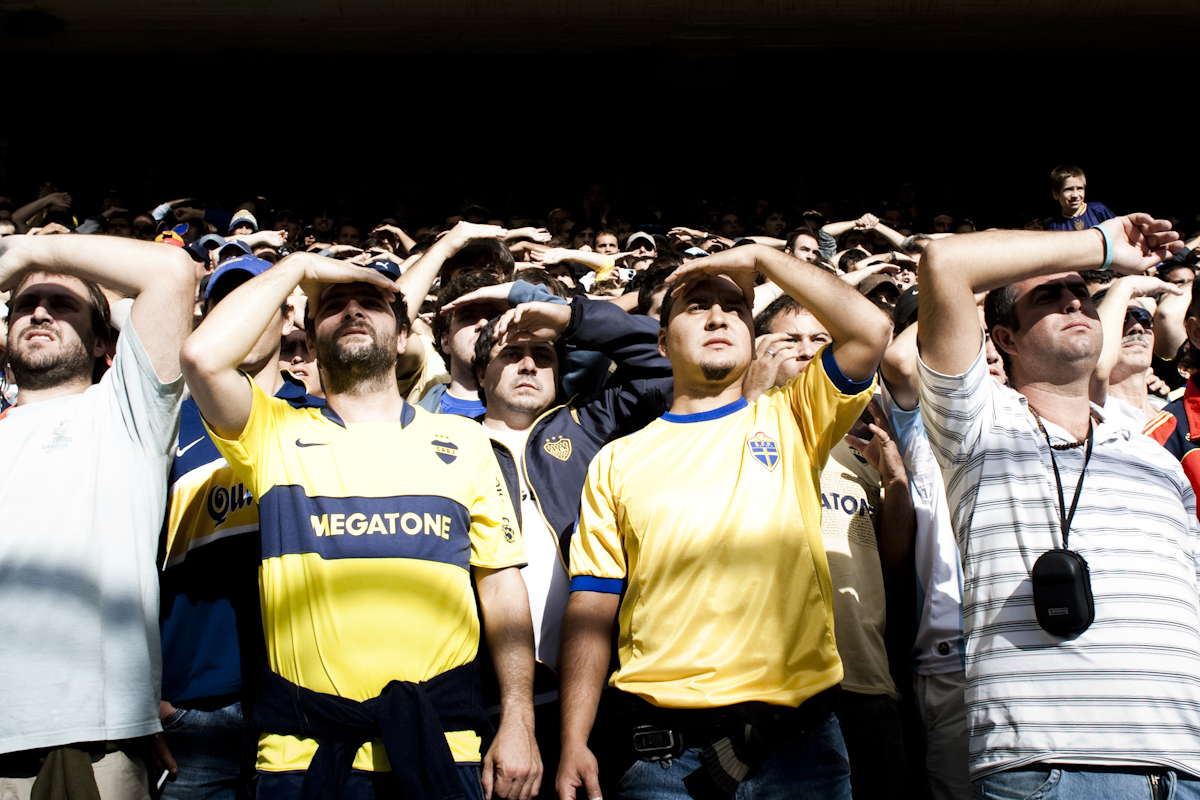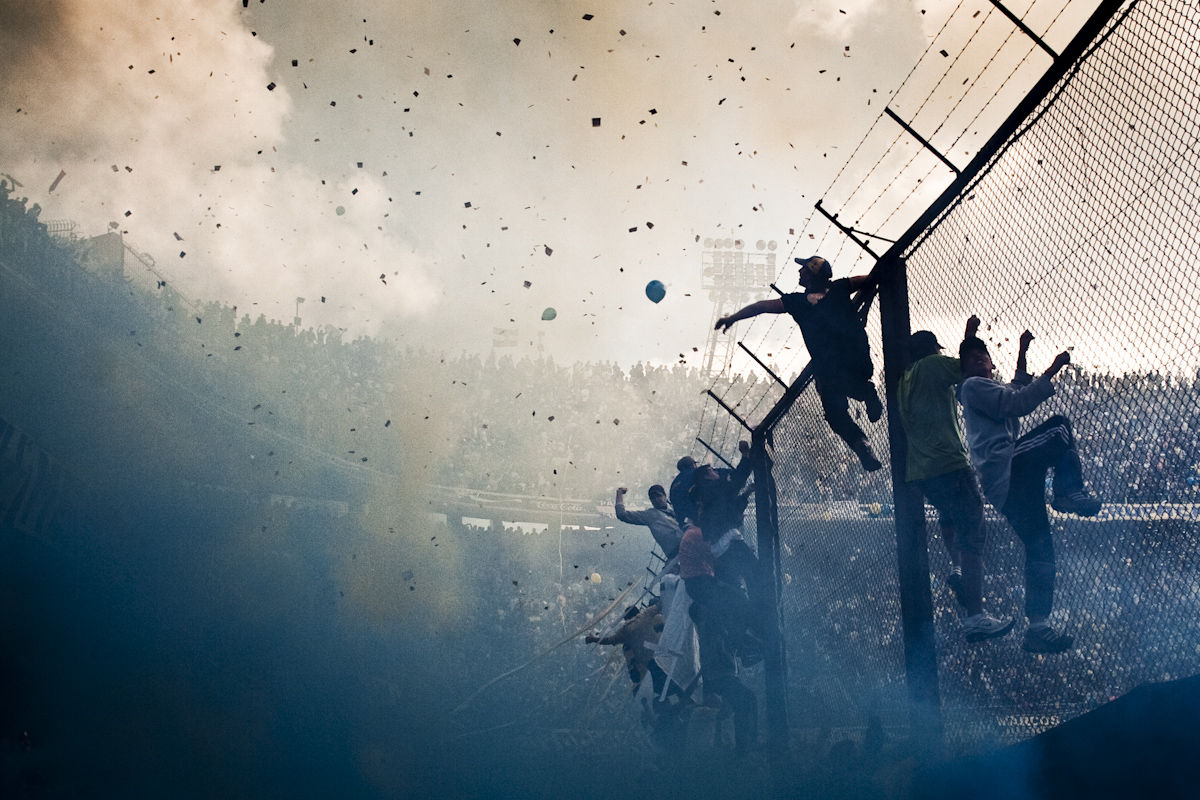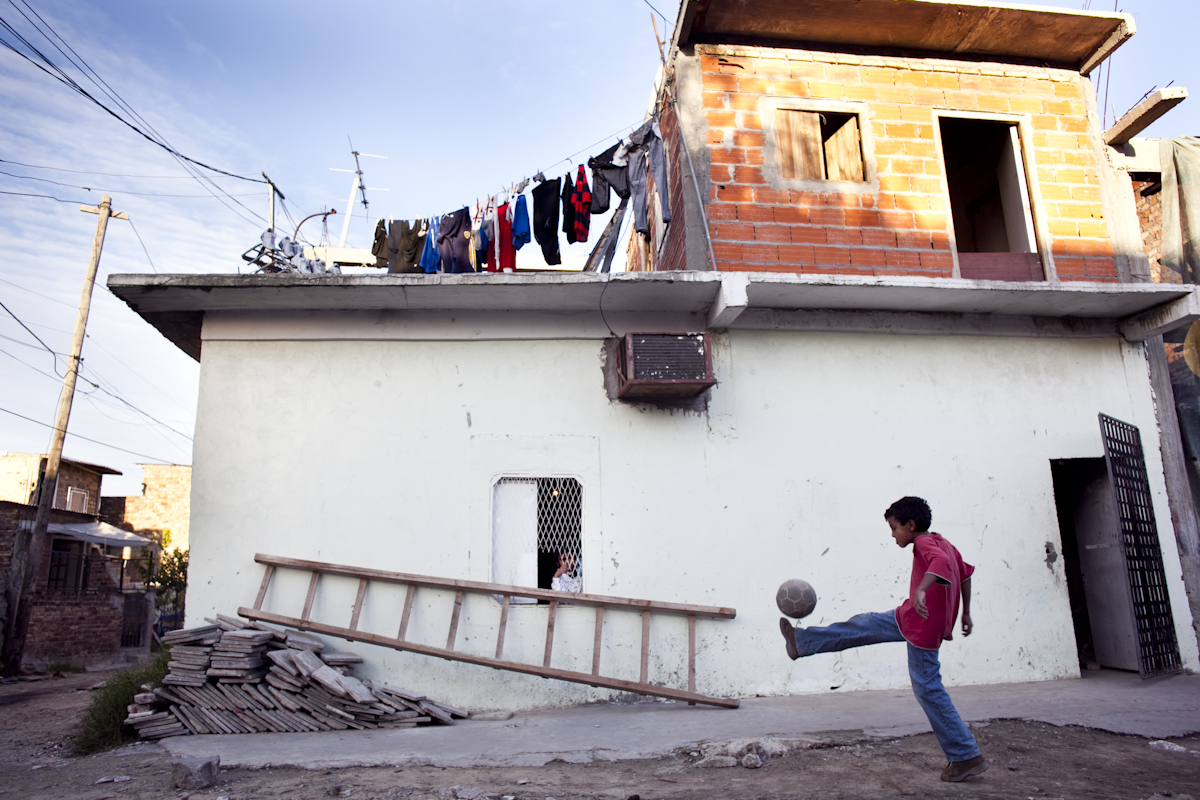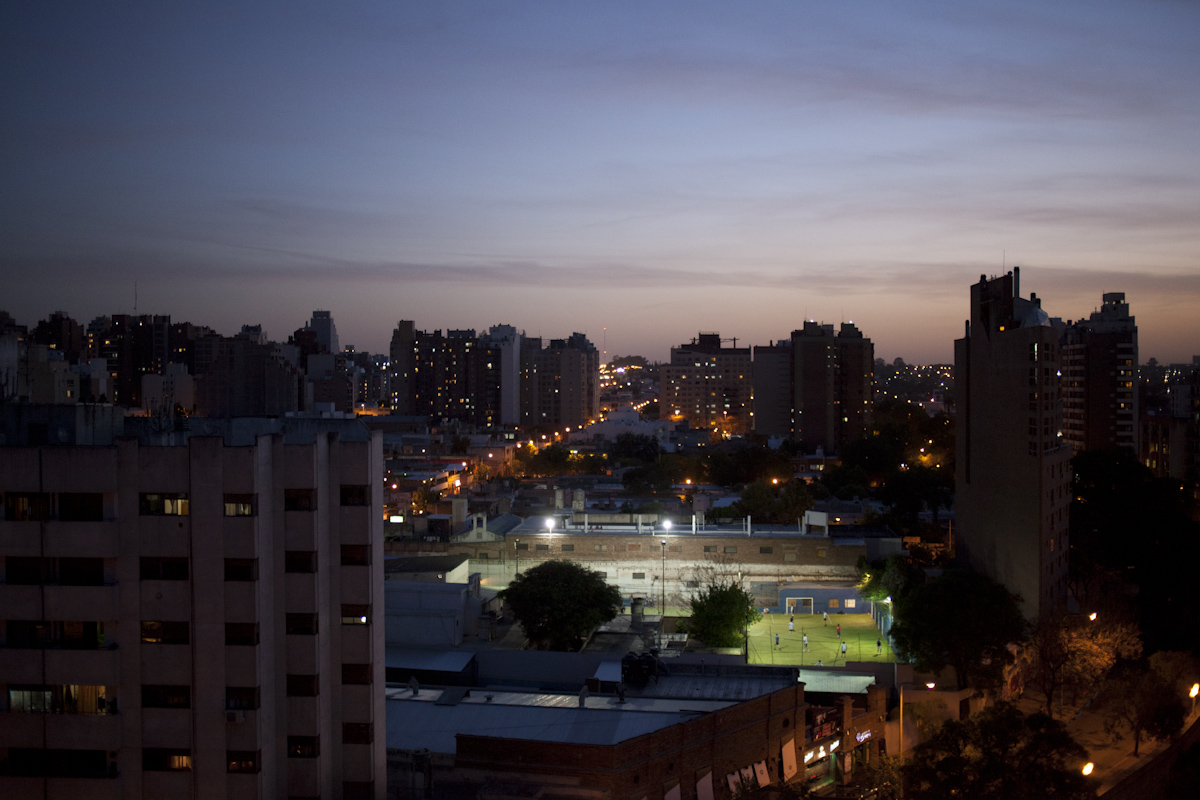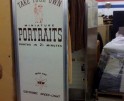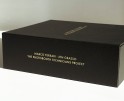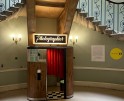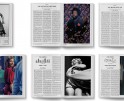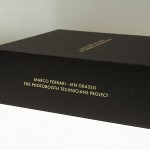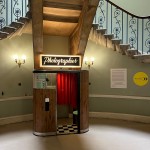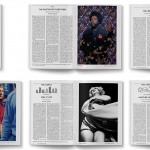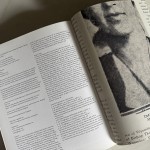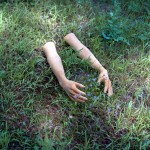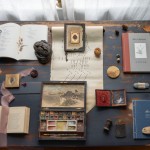Argentina Week: Alejandro Kirchuk: The Invisible River
I discovered Alejandro Kirchuk‘s work a few years ago when I was reading an article on the New York Times and I thought to myself “what a wonderful use of light“. I became a fan.
I recently ran into his Instagram feed, and I started following him, so when Aline gave me the opportunity to do a week showcasing Argentinian photographers, I knew he had to be in it.
Not only do I love the way he sees light, but the dignity with which he photographs his subjects -Alejandro certainly knows how to capture their essence.
Alejandro was born in Buenos Aires, where he is based, and his work focuses on personal long term projects in his country. With his work Never let you go, about Alzheimer’s disease, in 2012, he received a 1st prize in “Daily Life Stories” category in the World Press Photo contest. In 2017, he was selected to participate in the Joop Swart Masterclass in World Press Photo and was awarded a Fulbright Grant to complete training in virtual reality and documentary filmmaking.
His work has also been recognized by different organizations such as POYi, Magnum Expression Award, Photo España, among others. In 2012 he was a fellow of the National Funds for Arts in Argentina. His photographs are regularly published in different media such as The New York Times, The Wall Street Journal, The Guardian, ESPN Magazine, among others.
Alejandro has been working on a long term project, The Invisible River, about the pollution of the Riachuelo River in Buenos Aires. The water has very high concentrations of lead, arsenic and cadmium and they seep into the wells from which people draw their drinking water. He is also doing video, to accompany the photographs, and I am including a clip from it below.
The second project I am showing is a bit self indulgent. You know, I am Argentinian, and an avid sports fan, but football, or soccer, as Americans call it, is a passion of mine. He did a wonderful series about the sport, The National Game, which is a favorite of mine, so I could not leave it out.
THE INVISIBLE RIVER
Buenos Aires is Argentina’s capital and one of the most important economic and cultural poles in Latin America. It is surrounded by two natural borders: the Riachuelo River in the south divides the city with the province of Buenos Aires. In the east side, the Rio de la Plata is the border between Argentina and Uruguay. I was born and lived in Buenos Aires all my life, and over the last years I have been working on two personal projects on both rivers.
In 2014 I started a project about the Riachuelo River. This was one day after I read in the news that the Riachuelo Basin was chosen by the Blacksmith Institute as one of the 10 most polluted places in the world, and this reality was happening practically in the backyard of my house. 5 million people live in its basin and are affected by the pollution of the river. 30 thousand is the estimated number of people living in extreme danger for living in maximum proximity to the river. Roughly half of the pollution comes from sewage, and the other half from industrial waste.
The river travels for 64 kilometers, beginning in a rural area near the city, where the river is healthier. As the water flows, many industries dump either waste in the main course or in tributary streaming, ending in the Riachuelo and making the low basin the most dangerous part. By the mouth of the river, the water has very high concentrations of lead, arsenic and cadmium. This causes different types of serious illness to people, mainly gastric and respiratory diseases. 25% of the children living in the slums by the river have lead in their blood.
Today it is estimated that more than a thousand industries are contaminating the river. Another problem from the basin is the presence of ilegal open dumps. The gases from the combustion of the garbage contain poison substances for the people living in the area. In the meantime, some people have been relocated, but this has brought very serious and complicated issues -most of the people don’t want to be relocated and leave the area where they were relocated to, even knowing they are living in a state of emergency. Like Maria Alfaro, who has been living there for over 20 years and has spent all her life in the neighborhood, and doesn’t accept to move 10 miles to an unknown area. But there are opposite cases, like Serafina Falagan, who is one of the oldest inhabitants of the river. She’s been living in a small house by the river since 1954, and she was relocated a few weeks ago, really looking forward to it.
The forecast for this conflict is very uncertain. The change of governments over the last few years have extended the deadline. Two years ago, the estimated date for the Riachuelo basin to be cleaned up has been extended again, now until 2025.
THE NATIONAL GAME
The National Game is a project that explores football as a social and cultural phenomenon, lengthwise and crosswise Argentina. In most Latin American countries, especially Brazil and
Argentina, soccer is a powerful passion. It unites people from different social strata, genres, cultural backgrounds in a rank that goes from men and women who suffer poverty since birth to people from the middle and upper classes.
In Argentina particularly, soccer works as a social equalizer. And that means that if two guys have huge differences between each other, as religion, origin or whatever, when playing football these differences disappear, and they are bonded by this unique moment. In a country with huge social differences, football works as a very important factor of union between people who, otherwise, had never been united. Boys playing in a slum, men in a private neighborhood, girls facing a final match, guys gathered in a rural area, crowds celebrating in a derby match, blind people feeling the game more than anyone; all these situations are bonded by the strong passion for football in Maradona’s and Messi’s land.
Posts on Lenscratch may not be reproduced without the permission of the Lenscratch staff and the photographer.
Recommended
-
Spotlight on the Photographic Arts Council Los AngelesNovember 23rd, 2025
-
100 Years of the Photobooth: Celebrating Vintage Analog PhotoboothsNovember 12th, 2025
-
100 Years of the Photobooth: The Photobooth Technicians ProjectNovember 11th, 2025
-
100 Years of the Photobooth: Rafael Hortala-Vallve: AUTOFOTONovember 10th, 2025
-
BEYOND THE PHOTOGRAPH: Q&A WITH PHOTO EDITOR JESSIE WENDER, THE NEW YORK TIMESAugust 22nd, 2025

